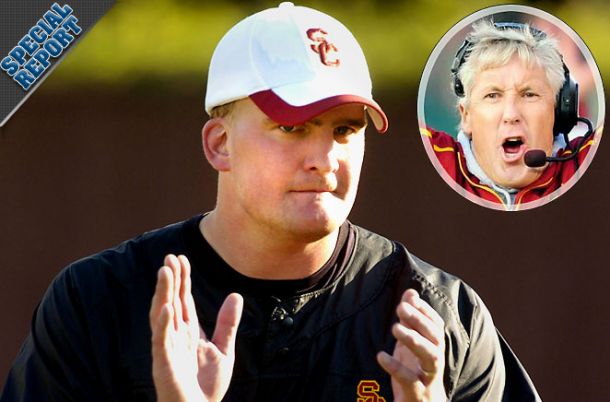News
Carroll knew about coach's drug addiction before car crash
By: cnn.comPosted On: 01/12/2010 12:10 P

Tweet
At just past 2 p.m. on May 17, 2008, El Segundo, Calif., police officer Cory McEnroe arrived at the scene of an auto accident on the Pacific Coast Highway and found a Jeep Commander buried in the rear end of a Volkswagen Passat. When McEnroe approached the SUV and asked the driver to turn it off, the Jeep instead surged forward into the Passat again. McEnroe quickly deduced that the driver, later identified as USC assistant football coach Dave Watson, was dangerously impaired. The 31-year-old Watson "seemed very confused," McEnroe wrote in his report. "[His] speech was so slurred I had a difficult time understanding him."







